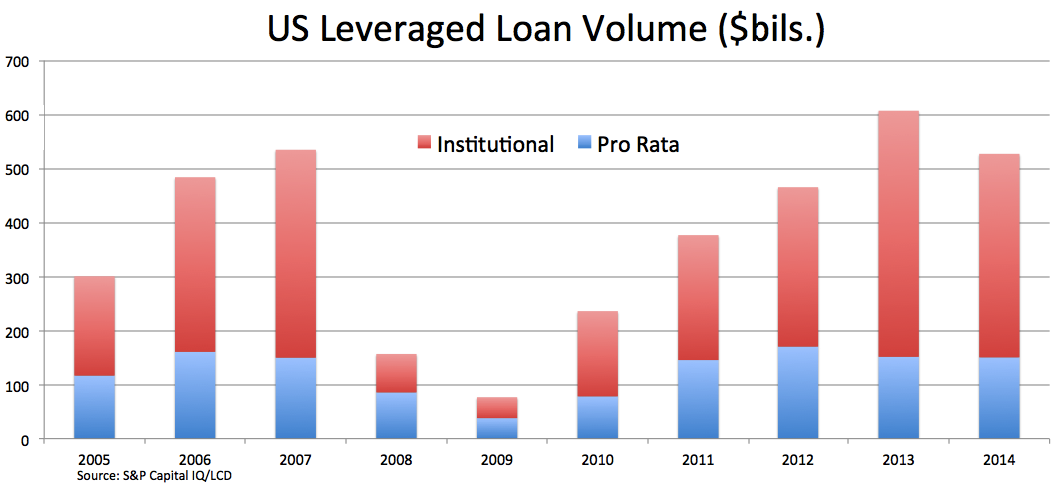Portfolio Management Pays Off In a Tough Market
Post on: 1 Июль, 2015 No Comment

By: Jason Whitby
By: Jason Whitby, CFP, CFA, MBA, AIF
When you think about investing, you have a very long decision tree the question of passive or active, long or short, stocks or funds, China or Brazil and on and on. These topics seem to occupy the majority of the media as well as individuals minds. However, these decisions are far down the investing process relative to portfolio management. Portfolio management is basically looking at the big picture. This is the classic forest and trees analogy; many investors spend too much time looking at each tree (stock, fund, bond, etc) and not enough if any time looking at the forest (portfolio management).
Prudent portfolio management begins after the client and his or her advisor have reviewed the total picture and completed an investment policy statement (IPS). Embedded in the IPS is the asset allocation strategy of which there are four: integrated, strategic, tactical and insured. Most people recognize how critical asset allocation is, but most investors are unfamiliar with asset allocation rebalancing strategies, of which there are also four: buy-hold, constant-mix, constant proportion and option based. A lack of familiarity with rebalancing strategies helps explain why many confuse the constant-mix rebalancing strategy with buy-hold. Here is a side-by-side comparison of these two most common asset allocation rebalancing strategies.
The objective of buy-hold is to buy the initial allocation mix and then hold it indefinitely, without rebalancing regardless of performance. The asset allocation is allowed to vary significantly from the starting allocation as risky assets, such as stocks, increase or decrease. Buy-hold essentially is a do not rebalance strategy and a truly passive strategy. The portfolio becomes more aggressive as stocks rise and you let the profits ride, no matter how high the stock value gets. The portfolio becomes more defensive as stocks fall and you let the bond position become a greater percentage of the account. At some point, the value of the stocks could reach zero, leaving only bonds in the account.
Constant-Mix Investing
The objective of constant-mix is to maintain a ratio of, for example, 60% stocks and 40% bonds, within a specified range by rebalancing. You are forced to buy securities when their prices are falling and sell securities when they are rising relative to each other. Constant-mix strategy takes a contrarian view to maintaining a desired mix of assets, regardless of the amount of wealth you have. You essentially are buying low and selling high as you sell the best performers to buy the worst performers. Constant-mix becomes more aggressive as stocks fall and more defensive as stocks rise.
Returns in Trending Markets
The buy-hold rebalancing strategy outperforms the constant-mix strategy during periods when the stock market is in a long, trending market such as the 1990s. Buy-hold maintains more upside because the equity ratio increases as the stock markets increase. Alternately, constant-mix has less upside because it continues to sell risky assets in an increasing market and less downside protection because it buys stocks as they fall.
Figure 1 shows the return profiles between the two strategies during a long bull and a long bear market. Each portfolio began at a market value of 1,000 and an initial allocation of 60% equities and 40% bonds. From this figure, you can see that buy-hold provided superior upside opportunity as well as downside protection.
Returns in Oscillating Markets
However, there are very few periods that can be described as long-trending. More often than not, the markets are described as oscillating. The constant-mix rebalancing strategy outperforms buy-hold during these up and down moves. Constant-mix rebalances during market volatility, buying on the dips as well as selling on the rallies.
Figure 2 shows the return characteristics of a constant-mix and buy-hold rebalancing strategy, each starting with 60% equity and 40% bonds at Point 1. When the stock market drops, we see both portfolios move to Point 2, at which point our constant-mix portfolio sells bonds and buys stocks to maintain the correct ratio. Our buy-hold portfolio does nothing. Now, if the stock market rallies back to initial value, we see that our buy-hold portfolio goes to Point 3, its initial value, but our constant-mix portfolio now moves higher to Point 4, outperforming buy-hold and surpassing its initial value. Alternatively, if the stock market falls again, we see that buy-hold moves to Point 5 and outperforms constant-mix at Point 6.
Returns in Oscillating Markets
Figure 2 shows the return characteristics of a constant-mix and buy-hold rebalancing strategy, each starting with 60% equity and 40% bonds at Point 1. When the stock market drops, we see both portfolios move to Point 2, at which point our constant-mix portfolio sells bonds and buys stocks to maintain the correct ratio. Our buy-hold portfolio does nothing. Now, if the stock market rallies back to initial value, we see that our buy-hold portfolio goes to Point 3, its initial value, but our constant-mix portfolio now moves higher to Point 4, outperforming buy-hold and surpassing its initial value. Alternatively, if the stock market falls again, we see that buy-hold moves to Point 5 and outperforms constant-mix at Point 6.














